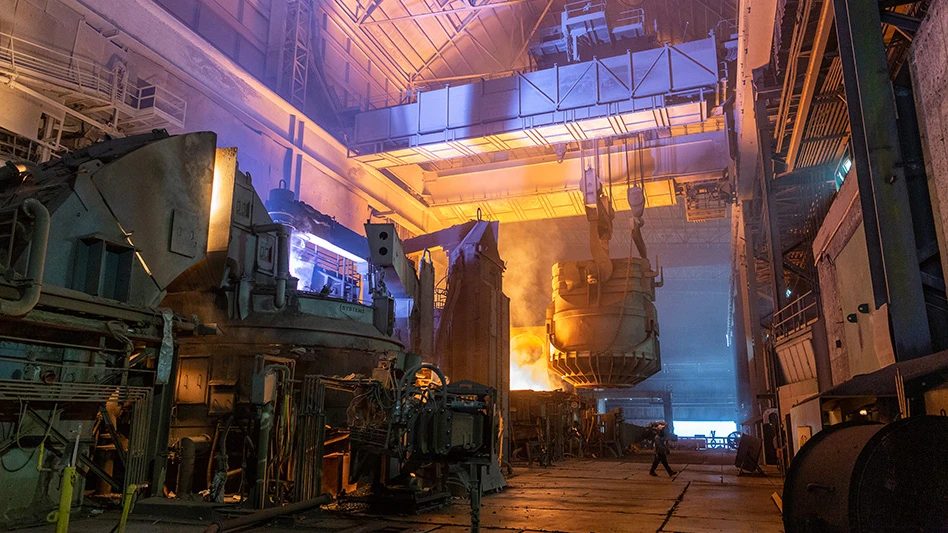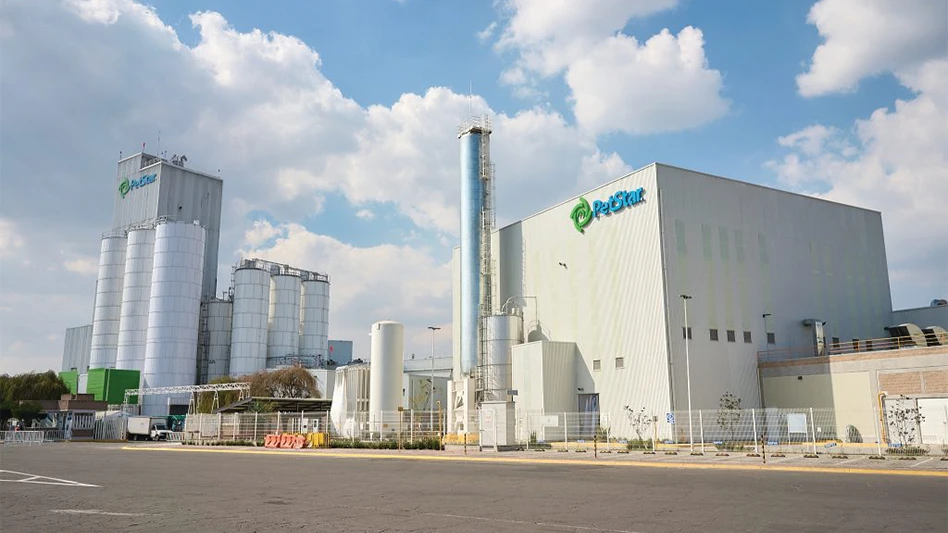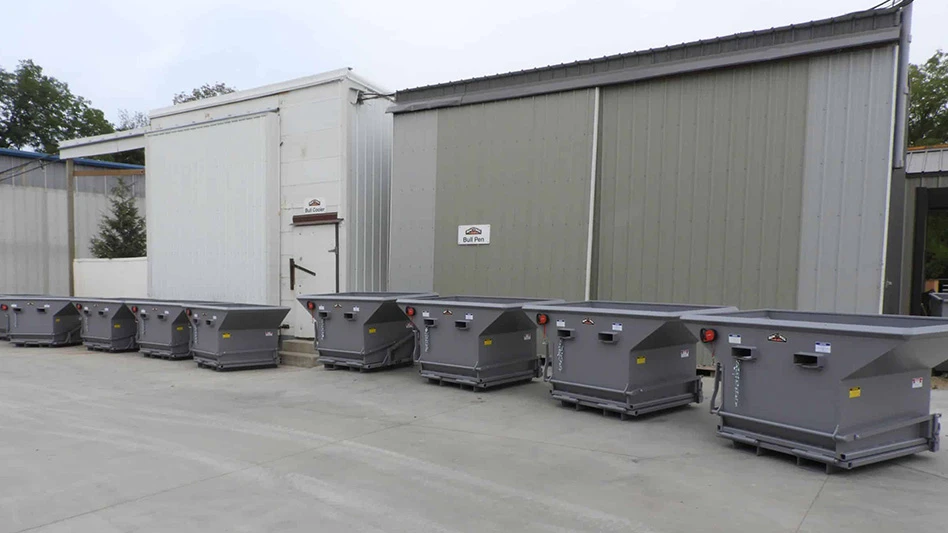
Source: Worldsteel Association, www.worldsteel.org

Source: Association des Constructeurs Europeens d’Automobiles, www.acea.be; *Europe figure includes EU28 + the EFTA (European Free Trade Association area)

A months-long trend of declining ferrous scrap prices finally reversed course in spring, with April scrap buying in the United States in particular demonstrating some much-anticipated pricing strength.
News of domestic mills and export brokers buying U.S. ferrous scrap at rising prices in early April occurred as the scrap industry gathered in Las Vegas for the Institute of Scrap Recycling Industries (ISRI) 2016 Convention & Exposition in April.
The pricing rebound improve the mood of attendees, though presenters at the conference continued to warn of structural problems within the steel and scrap industries, including global overcapacity in steelmaking centered in China.
Several weeks earlier, the state of the American and the global steel industry was the topic of conversation at the Platts Steel Markets North America Conference in Chicago in mid-March. Speakers and panelists there made attempts to provide encouragement to an industry sector that experienced a difficult 2015.
For the past two years, Mario Longhi has had to idle facilities and reduce the size of the workforce at United States Steel Corp. (U.S. Steel), headquartered in Pittsburgh, but he appears to have remained optimistic that the company is charting a course for future success.
Longhi, who spoke at the conference, called 2015 “a year we would like to forget, but we shouldn’t.” He noted that in 2015 U.S. Steel idled some of its facilities, “reduced our workforce at all levels and delayed our electric arc furnace (EAF) project [in Alabama]. We definitely did not relish making these decisions, but we did what was best in the long-term health of our business.”
Longhi expressed optimism that the “Carnegie Way” internal program at U.S. Steel is resulting in “sustainable improvements, not merely cutting costs.” He added, “I cannot say enough about how our employees have embraced change.”
On the heels of a new contract with the United Steelworkers Union, Longhi said, “The union has been a true partner in the way we make improvements. The collaboration is incredible.”
He praised the new contract as “a fine deal that can help us move forward. The most positive aspect is to have every employee participating and collaborating. They have come forward with thousands of projects.”
Not in spite of but because of the company’s cutbacks, Longhi said reasons for optimism are present. He said the company’s internal evaluations found that “at some facilities, 10 percent of our volume was affecting our profitability by 50 percent.”
Longhi added, “The pursuit of size is not what the Carnegie Way is all about. The sole focus is value-driven. We may have to get smaller before we get bigger again.”
Mark Bula, chief commercial officer of Big River Steel (BRS), based in the southern United States, said the startup company’s melt shop is scheduled to ramp up in November 2016. He said the company’s inbound scrap barge unloading dock on the Mississippi River is up and running and has demonstrated through recent heavy rains that it can continue operating through most weather conditions.
Bula said the $1.5 billion project is backed by the German government—which has supplied “very affordable” debt terms—and a variety of domestic investors that include the Koch Minerals subsidiary of Koch Industries, the Arkansas Teachers’ Retirement fund and Miami-based Global Principal Partners.
Bula said he gets the question, “What are you thinking building a steel mill right now?” The answer, he said, is that BRS’ investors “believe in what we’re going to do and how we’re going to do it.”
The company plans to offer niche and specialty steels for America’s energy grid system and other energy and construction applications. Bula said the BRS Flex Mill concept combines “the best of EAF and integrated mills; it’s a combination of the two.” He added, “We’ve got a mill that’s built to make grades unheard of at the minimill level.”
Bula expressed optimism for the future of steelmaking at the 1,300-acre site in Osceola, Arkansas, and added that the company owns an adjacent 700 acres to prepare for anticipated growth.
At a session focused on ferrous scrap, considering that China made half of the world’s steel in 2015, steel and ferrous scrap pricing is “all about China—everything else is noise,” said Pete Meyers, a vice president with New Jersey-based scrap firm Metalico.
Even the Turkish export market, the largest overseas destination for U.S. ferrous scrap, has been affected by China’s steelmaking overcapacity, he said. Many Turkish rolling mills in 2015 and early 2016 have been buying inexpensive Chinse billet rather than operating their melt shops at full capacity, he noted.
Scrap has begun to close that affordability gap, Meyers said, bringing Turkish buyers back into the market at the same time that U.S. flat-rolled mills are increasing the volume of material they purchase.
“I think it’s safe to say the scrap market is going to get stronger in the next couple of months, but the [higher prices] may not be sustainable,” he cautioned.
Latest from Recycling Today
- Autocar releases Smart Battery Cable to advance refuse truck fire safety
- PLASTICS launches Positives of Plastics website
- Impact Air Systems launches compact ZAC400
- PCA to shut down paper machines at Washington containerboard mill
- BMRA provides landfill guidance for UK shredder operators
- Fornnax high-capacity tire recycling plant
- EU introduces measures to secure raw materials, strengthen economic security
- US Steel to restart Illinois blast furnace





